- Attention, Anime Enthusiasts! Delving into the Reasons Why Some Japanese Anime Fans Label Works as “Terrible” and “Boring”
- 1. What Is the Suggestion Feature?
- 2. The Critique Culture of Japanese Anime Fans
- 3. Expectations and Disappointment
- 4. The Existence of Anti-Fans for Popular Works
- 5. The Influence of Media and Social Media
- 6. Diversity of Critical Opinions Among Japanese Anime Fans
- 7. Cultural Factors Behind Criticism
- 8. Changes in the Anime Industry and the Gap Between These Changes and Fans’ Expectations
- 9. Conflicts and Divisions Among Fans’ Opinions
- 10. The Importance of Listening to the Voices of Japanese Anime Fans
- Conclusion: Embracing Diversity and Fostering a Thriving Anime Culture Together
Attention, Anime Enthusiasts! Delving into the Reasons Why Some Japanese Anime Fans Label Works as “Terrible” and “Boring”
For avid anime fans, Japanese animation stands as a treasure trove of captivating stories and mesmerizing visuals.
However, amidst this passionate community, there exists a subset of individuals who express critical opinions,
labeling certain anime works as “terrible” or “boring.” What lies behind these seemingly harsh judgments?
In this blog post, we embark on a journey to unravel the complexities that fuel these critical perspectives among Japanese anime fans.
We’ll delve into the diverse range of criticisms, explore the underlying cultural factors, and examine the potential disconnect between industry trends and fan expectations.
What we’ll cover in this article:
- The multifaceted nature of critical opinions among Japanese anime fans
- Cultural influences shaping these criticisms
- The evolving anime industry landscape and the widening gap between fan expectations
- The emergence of divisions and conflicts within the fan community
- The significance of acknowledging and understanding the voices of Japanese anime fans
Criticism is an inevitable aspect of the anime fandom.
Rather than dismissing these critical viewpoints, it’s crucial to approach them with an open mind and seek to comprehend the underlying reasons behind such sentiments.
We hope this blog post serves as a catalyst for fostering a deeper understanding of the diverse perspectives within the Japanese anime fan community.
Join us as we delve into the depths of these critical opinions and uncover the motivations driving them!
1. What Is the Suggestion Feature?
How the Suggestion Feature Works
When a user begins typing in a search engine, the suggestion feature displays related search options.
This function is based on past search data and trends, so frequently searched terms appear as suggestions.
Why Negative Suggestions Appear
Negative terms like “terrible” or “boring” appear frequently because many Japanese anime fans search using these words.
Reactions to specific works or broadcasted episodes significantly impact these suggestions.
2. The Critique Culture of Japanese Anime Fans
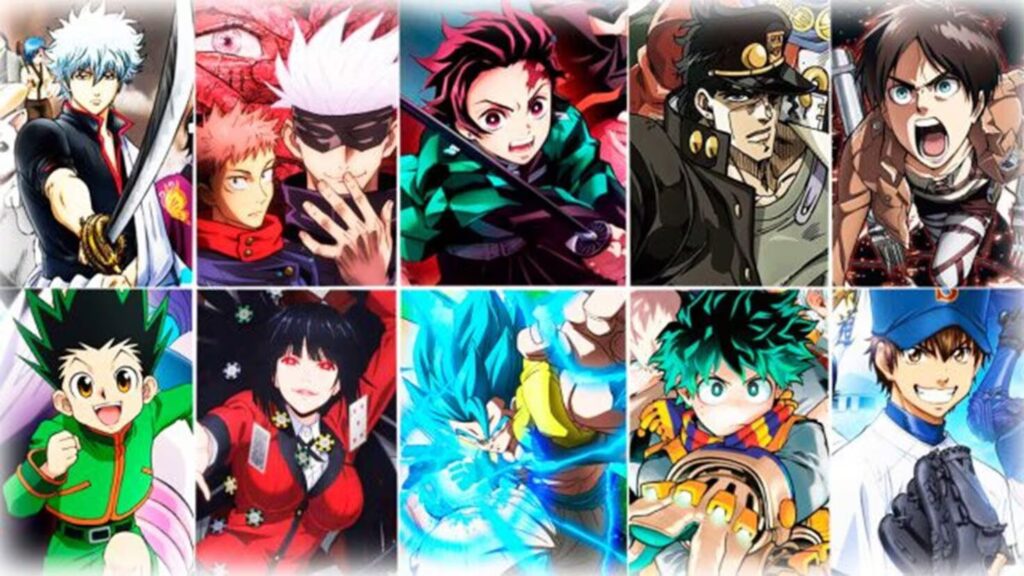
The Background of Strict Criticism
Japanese anime fans have a keen critical eye, developed through exposure to many works.
Each new release raises expectations, and failure to meet these expectations naturally results in criticism.
Additionally, Japan’s long history of anime and many masterpieces set a high bar for new works.
Specific Examples
For instance, “Attack on Titan” is praised for its grand story and animation, but fans often criticize its slow pacing with comments like “the pacing is bad” or “the story doesn’t progress.”
Moreover, when the anime diverged from the original manga towards the end, some fans felt “betrayed.”
On the other hand, “Demon Slayer” has captivated fans worldwide with its stunning animation and emotional story.
However, its rapid rise in popularity also drew critics who argue that it is “overrated” or that “the characters lack depth.”
3. Expectations and Disappointment
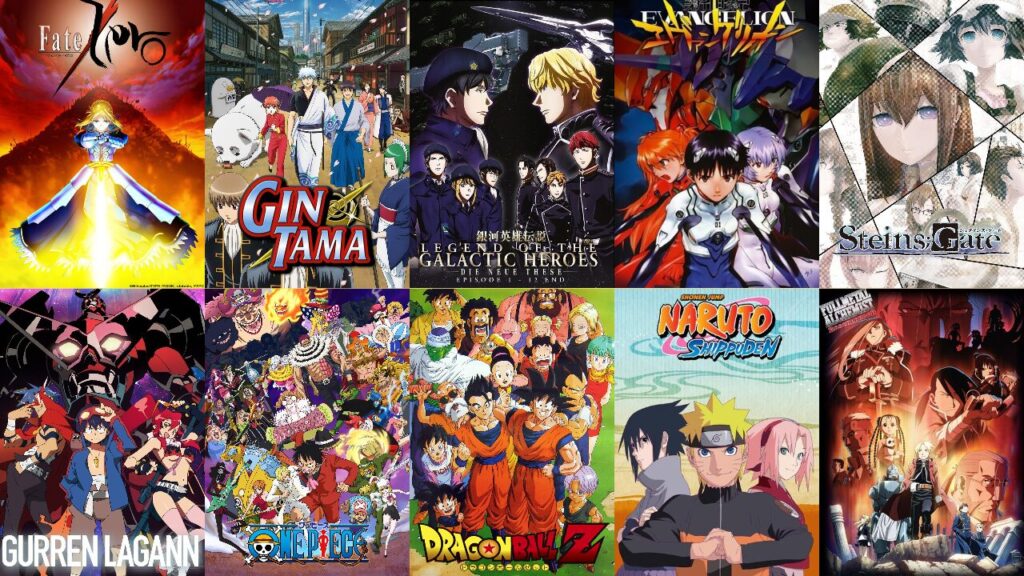
High Expectations
When a well-known studio, director, or source material is involved, fan expectations naturally rise. For example, Madhouse Studio’s new releases or adaptations of best-selling manga come with high expectations.
Madhouse is trusted for its quality, having produced hits like “DEATH NOTE” and “HUNTER×HUNTER.”
Causes of Disappointment
Conversely, high expectations can lead to significant disappointment. When fans feel let down, they tend to be harsh in their evaluations.
For example, the second season of “One Punch Man” faced severe criticism due to changes in the animation studio, leading to perceived declines in animation quality and storytelling.
Fans frequently commented, “the action scenes were the highlight, but now they’ve lost their impact.”
4. The Existence of Anti-Fans for Popular Works
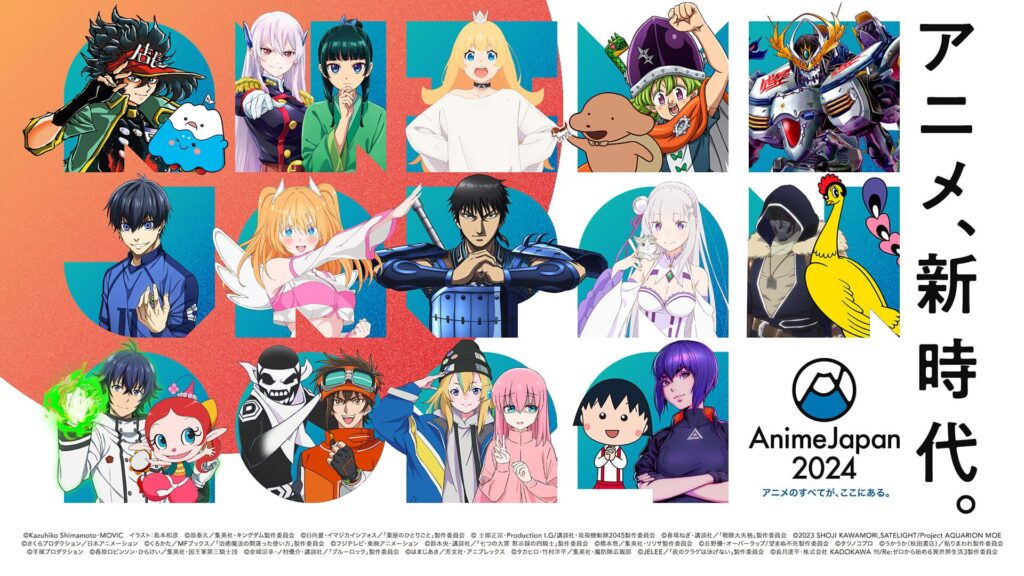
The Reality of Anti-Fan Activities
Anti-fan activities are a global phenomenon, but they are particularly prominent in Japan. As popularity grows, so does the backlash, with anti-fans spreading negative opinions on social media and forums.
Motivations of Anti-Fans
The motivations of anti-fans vary, including personal dissatisfaction, past traumas, or simple envy of popularity.
These opinions influence search results, increasing the frequency of negative suggestions.
For instance, “Sword Art Online” garnered many fans with its innovative setting and emotional story.
However, it also attracted anti-fans who repeatedly criticize it for “an overpowered protagonist” and “unnatural romance elements.”
5. The Influence of Media and Social Media
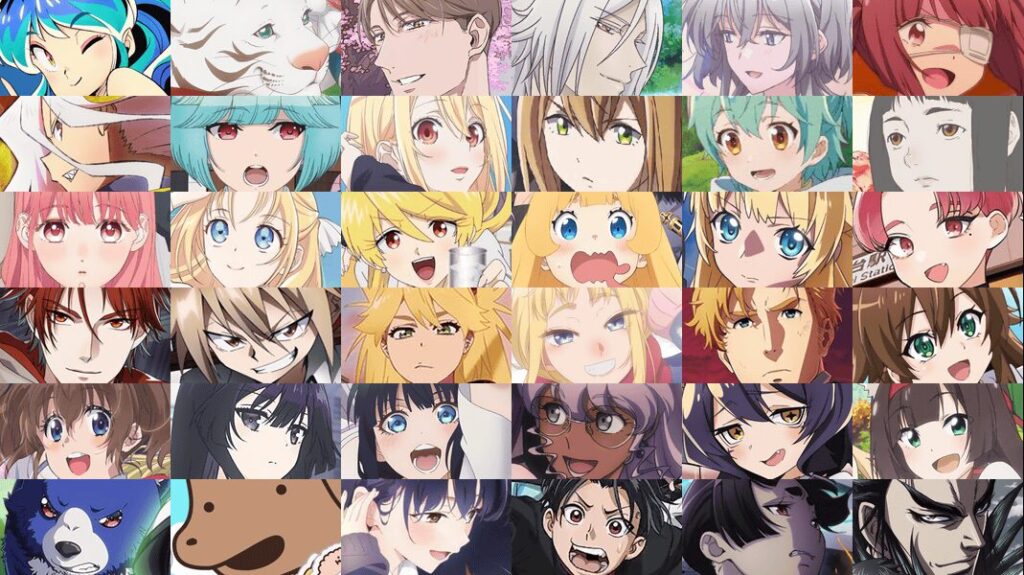
Media Influence
Review sites and news media significantly impact public opinion. When prominent critics harshly review a work, negative opinions spread quickly.
For example, the remake of “Fullmetal Alchemist” (“Fullmetal Alchemist: Brotherhood”) received high praise from many fans but also faced criticism for deviating from the original story.
These critiques spread through review sites and social media, affecting many people’s perceptions.
The Role of Social Media
On platforms like Twitter and YouTube, opinions are shared instantly. Negative opinions, in particular, spread quickly and influence a large audience.
For example, “Terra Formars” was noted for its extreme content, but also faced criticism such as “too gory” and “the story is sloppy.”
These opinions spread on social media, leading to divided opinions on the series.
6. Diversity of Critical Opinions Among Japanese Anime Fans
Types of Criticism and Examples
Japanese anime fans’ criticisms vary widely, including animation quality, story progression, lack of character appeal, and voice acting.
For instance, “Fire Force” is praised for its unique world and action scenes but criticized for “confusing story” and “unappealing characters.”
7. Cultural Factors Behind Criticism
Reasons for Harsh Evaluations
Japan’s long history of anime and many masterpieces set high expectations among fans. Additionally, Japan’s consumer culture demands high quality, leading to strict evaluations of anime.
8. Changes in the Anime Industry and the Gap Between These Changes and Fans’ Expectations

Industry Changes
The anime industry has seen significant changes due to technological advancements and production changes.
However, fans often expect the same high-quality works of the past, leading to a gap between industry realities and fan expectations.
For example, many fans criticize the increased use of CGI, preferring traditional hand-drawn animation.
9. Conflicts and Divisions Among Fans’ Opinions
Diversity and Conflict of Opinions
Anime fans’ opinions are diverse, leading to conflicts and divisions. On social media, heated debates among fans can influence the overall perception of a work.
10. The Importance of Listening to the Voices of Japanese Anime Fans

Respecting Diverse Opinions
The voices of Japanese anime fans are important due to their diversity. Listening to these voices, including critical opinions, helps highlight a work’s strengths and challenges.
This deeper understanding can enhance anime production and viewing experiences, fostering a richer anime culture.
Conclusion: Embracing Diversity and Fostering a Thriving Anime Culture Together
Within the vibrant community of Japanese anime fans, a spectrum of opinions exists, ranging from those who express critical sentiments of “terrible” or “boring” to those who ardently champion their favorite works.
This diversity of perspectives, far from being a negative element, reflects the deep engagement and passion that anime enthusiasts hold for this captivating medium.
The key lies in embracing these diverse viewpoints and fostering a culture of mutual understanding.
Critical opinions, when approached with an open mind, can serve as valuable insights for improving the quality of anime productions.
Through constructive dialogue and a willingness to learn from one another, fans can collectively contribute to the enrichment of anime culture.
Anime, with its boundless ability to inspire and evoke emotions, holds an irreplaceable place in our hearts.
Let us honor the diversity of thought within the anime community and work together to cultivate a thriving landscape where all voices are valued and respected.
Embark on a journey of deeper exploration and immerse yourself in the boundless world of anime!
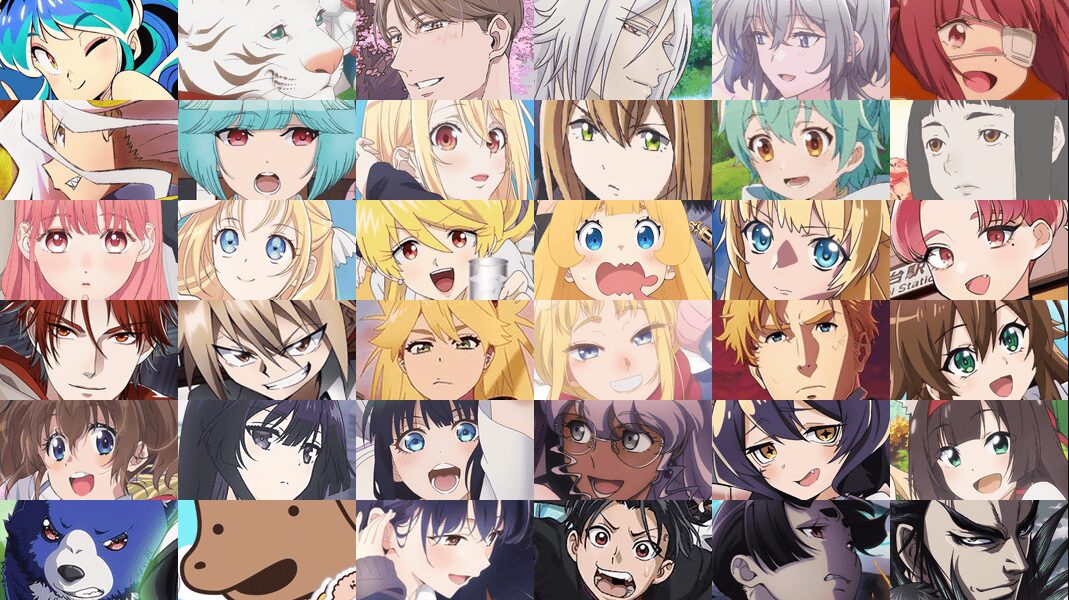





コメント